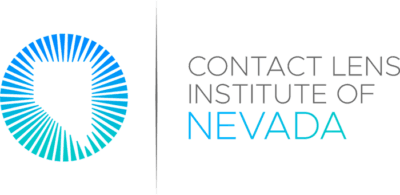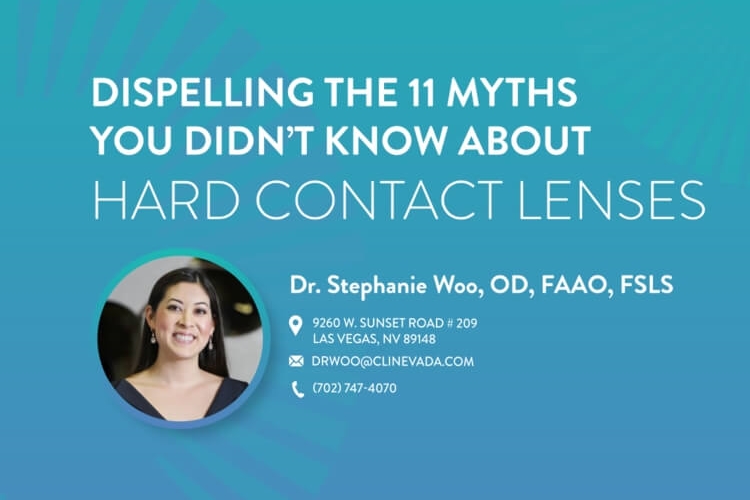Hi, everyone! It's Dr. Stephanie Woo with the Contact Lens Institute of Nevada, and today I just wanted to answer a question that one of my keratoconus patients had on what causes keratoconus and what part of the eye does it affect.
So I brought my little eye model in so that we can kind of look at it together. And so knowing what's going on with your eye, it's really important to realize that there's a clear membrane that covers the front portion of the eye. When I was younger, and I first started wearing contacts when I was in elementary school, I thought that the brown part of the eye, the iris, I thought that was the very front surface of the eye. But it's actually not true. There is a clear membrane. It's got 5 different layers, and it's called the cornea. And the cornea is basically the window into where the eye develops... That's where the image from the outside world comes into the eye at first.
And so it's really, really important that this window, the cornea, stays really, really healthy. If there's any changes, so let's say there's damage to the cornea, damage to the front surface of the eye, scar tissue, things like that, that can cause the window to become hazy. It's also really important that the window is a certain shape. So if you think of your windshield, if it's a nice, smooth shape, that allows you to see all the cars and all the mountains and things like that, and everything looks really clear. But imagine if the windshield of your car was distorted, and it was really wavy, or there were areas of your windshield that were really pointy or areas that were really flat, think of that as how it can affect the image quality going into your eye. So if you have a cornea that is either really hazy from some eye disease or some trauma or something that's happened, that's one thing that can cause the vision to be distorted. Or if the shape of the eye is distorted in some way, so going back to our example of the windshield having a bulge onto it, that would kind of be really similar to what keratoconus is.
So instead of this front shape of the eye, the cornea being nice and smooth and one shape and very regular in shape, keratoconus patients have a problem with the cornea where it actually bulges out. And so going back to our windshield example, when the light's coming in and the image is coming into the eye, and that shape is now abnormal or irregular, that affects everything with the health of the eye, the shape of things that are coming into the eye, things like that.
So that is basically the main issue that we have to focus on when we're thinking about keratoconus patients. We're looking at the shape of the front of the eye. We have special instruments that can show us what the shape of the eye is doing, and then that will kind of help us guide our decision-making in what the best treatment option is. The best treatment option might be surgery. It also might be specialty contact lenses. Some patients have very mild keratoconus and don't have to go down the specialty lens road. Standard glasses or contact lenses could work just fine. Those patients are very few and far between right now. So most likely, specialty contact lenses will help you see your best. But I hope that that does a good explanation of kind of explaining what the cornea is and why keratoconus patients have a more difficult time seeing.


